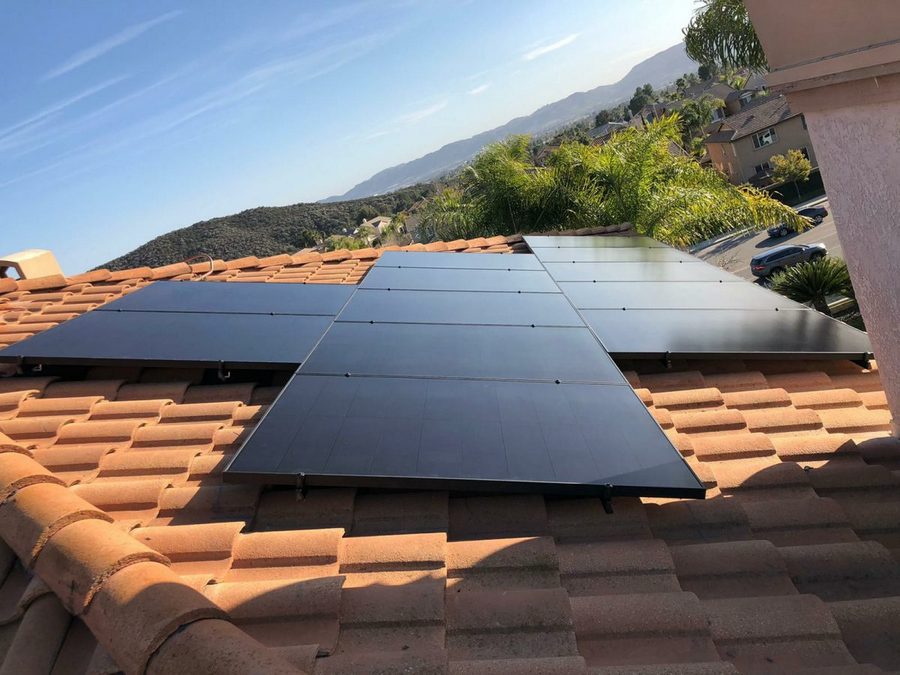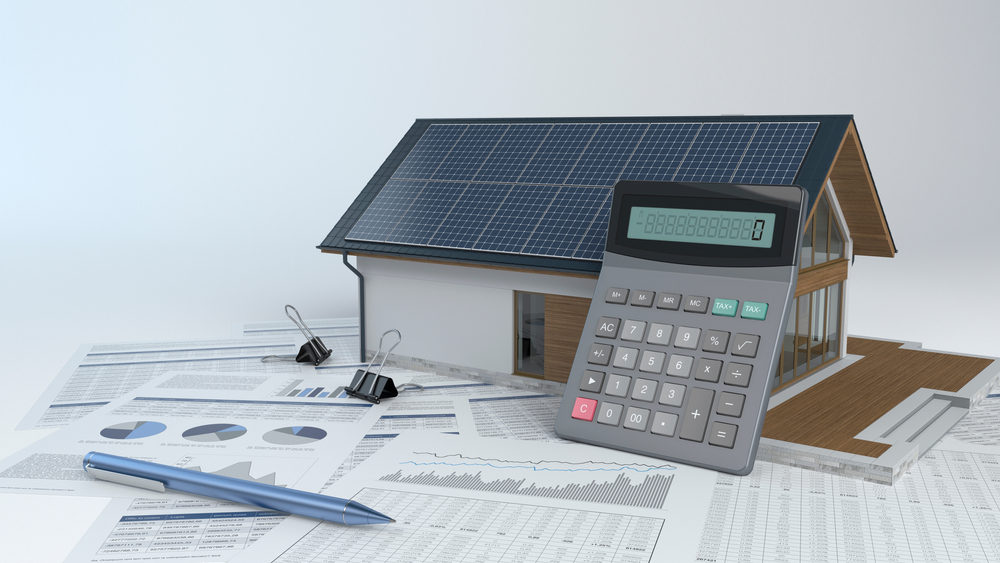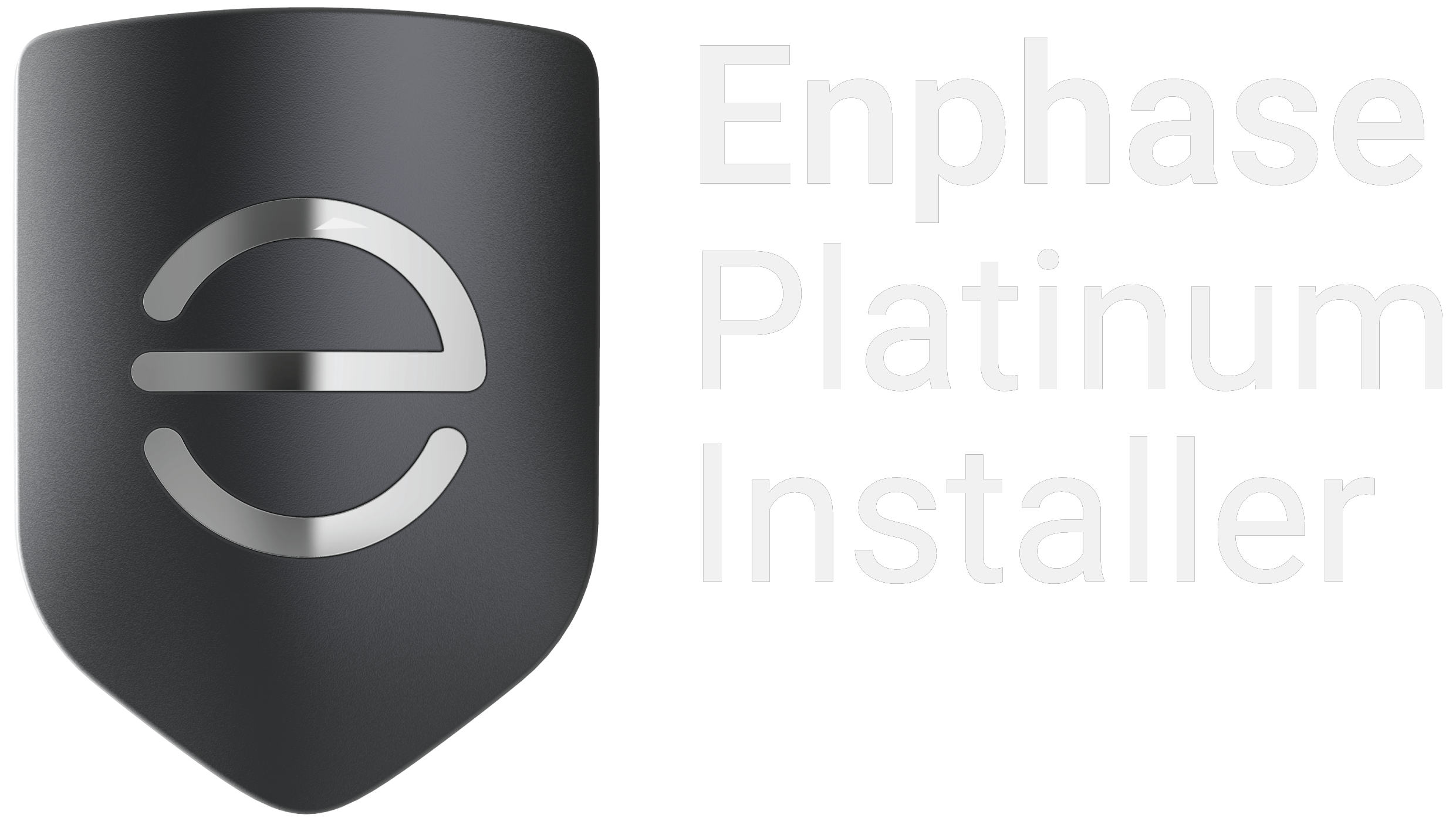
Have you ever heard that solar panels only work when in sunny places? Although it’s true that sunnier areas do produce more electricity, you can still see energy savings if you live in an area that doesn’t get much sunlight. Energy savings don’t rely only on how much energy you produce, but on one major factor: the costs you’re avoiding paying to your utility company. People all over the continent can have solar savings, even those in cloudy areas. Put simply, the higher your electricity rate, the more money you’ll save by switching to solar. This blog will go over how electricity rates impact solar savings.
High Electricity Rates Lead to Solar Savings
The electricity you use from your solar panels system reduces the number of kilowatt-hours (kWh) you need to draw from the electricity grid. Because of this, your avoided costs are a function not only of how much your system generates, but of the cost of the electricity your solar system is replacing. California is the state with the most annual savings than any other state, making it a mistake not to be solar here. California’s annual savings are approximately $1493 per year. Since California is also one of the states with the highest electricity rates, the savings are immense compared to other states.
The Potential for Savings with Solar Continues to Rise
The lifespan of solar panel systems are more than 25 years. When calculating the estimated savings from going solar, you need not consider the savings you’ll make in one year, but for the entire lifetime of the system. This takes us to another major factor in solar savings: the electricity rate inflation. The costs of electricity for homes have increased by 30% over the last few years. The rates continue to rise with nothing indicating otherwise. When you generate your own electricity, you’re protecting yourself from the rising costs by locking your price. You won’t have to worry about the uncertain future as you’ll be producing your own.
Other Factors That Impact Solar Savings
Electricity rates and sunshine aren’t the only factors that influence solar savings. Other factors that impact solar savings include:
- Electricity bill offset: This is the amount of electricity you use compared to the amount of electricity your solar system generates. The more you can offset your electricity usage, the more you’ll save.
- Upfront system costs: The costs of a solar system depends on many factors such as the size, quality, model, and state of it. Keep in mind that cheaper doesn’t always mean better. For example, a cheaper, smaller system may not produce enough energy to keep up with your needs, thus needing to continue paying more to your utility company than supposed to.
- Financing: Your method of financing can affect your overall savings. Some methods can affect your savings over time, which is why you should use a financing method that will most benefit you.
Electricity rates aren’t the only factor that impacts your solar savings. Elements such as rising electrical costs, amounts of sunlight, electrical usage, financing options, and upfront system costs affect your overall savings. Here in California, going solar is an intelligent decision. We get a great amount of sunlight and have one of the highest rates for electricity in the United States. Investing in solar is highly advisable here. We hope this blog helped you see how electricity rates impact solar savings. If you’re ready to start seeing solar savings, give Sunlight Solar a call at (858) 360-8295 or click here for a free quote.







